Living: Airbnb in Fishtown, Philadelphia, PA
Working: Indy Hall, Old City, Philadelphia
Laundry: Tang Laundromat
This week in laundry I talk about food.
Tang’s is off the map. The first laundromat I tried was closed. With metal across the doors. The quality of the neighborhood changed drastically just across the train line.
So I walked the other way, back into Fishtown, towards the only other laundromat I could spot on the map. A good half hour hike away.
Much to my luck I found Tang’s long before it. Situated across from Cedar Point (the bar). Just waiting for me to discover.
It is not the only thing I’m discovering in Philadelphia.
My digestion of this city is limited strictly to today. As soon as I got in I turned in last night. I woke to find a coffee shop. There were plenty. I found the train. I took it to downtown. Just on the outskirts of the Old City. Just down the street from those historic Philadelphia staples of Liberty: the bell. The hall. The tourists.
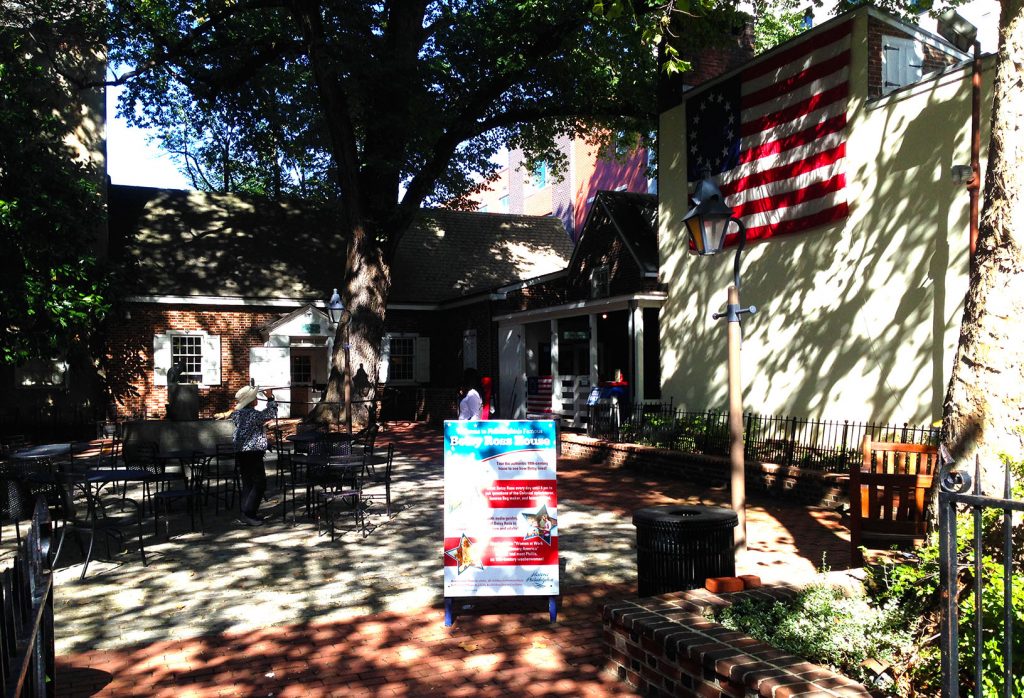
The Birth of a Brand – the Betsy Ross House in Old City Philadelphia – where the American Flag was born
Indy Hall’s an old staple to the downtown area. A decade old – which in the realm of the coworking industry is ancient. They’ve recently relocated to a new space a few blocks away. It’s gorgeous. They’re prepping for the art show they’ll host this Friday. Great energy. Great people. They even share an unofficial motto with Pumping Station One – a motto I mentioned many posts ago.
If there’s any one impression of Philadelphia that I should find unexpected, it is this: the people here like their bagels.
At first I thought nothing of the smattering of bagel shops wiped across google maps. And visiting a couple of coffee shops, I noted the bagel options. Not out of the ordinary – many shops across the country offer toast and bagel options in amongst the pastries.
But what caught my eye was the sheer number of people ordering bagels. It seemed to me to be every second to third person in line. In all of the shops that I’ve visited so far. I listened to them order their bagels – the type, the cream cheese, the avocado or tomato sides.
It caught me off guard. I find it interesting.
Because I’ve never really thought about bagel culture. Or that bagels would be a significant force. Other than an understanding that bagels go to be born and retire in New York – and that any New York expat will happily complain about their lack of quality bagel outside the city. But there’s a lot of foods that fall flat outside of New York. It is, after all, the City (as my New Haven friend calls it simply).
Outside of New York, all things are fresh, forgiven, judged on their own understanding of being the rest of the country. And anywhere in the rest of the country, I wouldn’t particularly imagine people rushing to their bagel. Not in Milwaukee. Not in Chicago. Not in LA. Not in Seattle.
And maybe it’s just coincidence. Maybe I just happened to run across a lot of people ordering bagels in happenstance to the moments I found myself in those shops. I won’t know until I the end of the week. With a bit more time.
But I like to think it’s a thing. Because it’s been my strongest impression in my Philadelphia immersion thus far.
Perhaps I’ve missed the mark. Perhaps the bagel is merely a vehicle to the underlying emblem of Philadelphia culture. Perhaps this is not so much a bagel culture. But a cheese culture. A cream cheese culture.
After all, Kraft brand’s it’s cream cheese after this city – Philadelphia. And as it turns out, the US market for cream cheese grew out of the dairy farms and manufacturing in the Philadelphia area. So it is, in a sense, native here.
Whether by bagel or cream cheese, that’s not the only food Philly’s known for. There is of course the world famous cheesesteak.
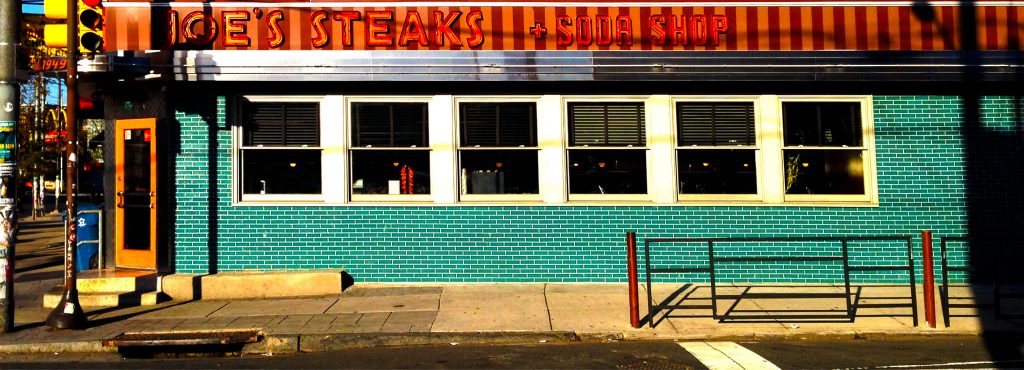
Joe’s Steaks in Fishtown – one of many homes to the Philly Cheesesteak – and hardly the most famous amongst them
And where Philadelphia has cream cheese and cheesesteaks, Pittsburgh has its own style. Literally. Fries on everything. Even salad. That’s what it means in Pittsburgh to get whatever you’re getting Pittsburgh style. It’s whatever you’re getting, plus with fries on it. Bad for the waistline. Good for every other reason.
And New Haven’s known for its Pizza. That’s why my friends took me out for some key brunch Pizza when I was in town yesterday. Amazing.
Portland’s known for Lobster. It’s Maine, after all.
Seattle has seafood of all kinds. And Pike Place Market to show it off to the tourists.
California has avocado. And kale.
San Diego has the burrito.
Chicago has its own style of Pizza. And hot dog.
Milwaukee has beer. Wisconsin has cheese.
Louisiana has the Cajun style.
And then there’s barbeque. And bar-b-que. And BBQ. And barbecue.
Texas. North Carolina. Memphis. Kansas City.
Food is an important part of being human. For obvious reasons. You don’t eat it, you die.
Food culture is also an important part of being human. For less obvious reasons. For all the reasons that culture itself is an important part of being human. It lives at the intersections of community and identity.
And nothing builds community like food does. Whether that’s the family gathered around the dinner table. Undergrads at a cafeteria. Thanksgiving in the extended family. Or group church dinners. Or eating with strangers at the state fair.
Food varies dynamically by culture. In the most amazing ways. Indian, Japanese, Norwegian, Italian. It all varies so drastically. For all sorts of reasons.
But each dynamically distinct food is tied to each dynamically distinct culture. In fact, beyond language, it is likely the most visible and important signifier of cultural distinction.
And while here in the US we may have minor cultural variations in the expression of certain behaviors, definitions of politeness and respect, and slightly stronger accents and dialects across the land – and even stronger divergences across class distinctions – the variation in types of food – of those types of foods adopted as American foods – is perhaps the strongest form of cultural fluctuation.
Through food – the Philly cheesesteak, the Pittsburgh style, the Chicago pizza, the Wisconsin beer, and all the barbeques – we see brightly the cultural distinctions rooted in these communities. These metros. These states. These places filled with people. They stand in many ways as beacons to the local culture. Lighting the way to the other unique cultural signifiers present and scattered in about these lands.
In many ways a local cuisine captures the modern identity of a city. That has less to do with what the cuisine is, and more to do with why it is. There’s a story behind how that food came to be in that city.
On the one had, it’s resource availability. Cities on the coast favor seafood. Cities near rich grasslands that favor dairy industry favor dairy foods as well, like cream cheese in Philadelphia. And cheese curds in Wisconsin.
There’s also a story of immigration and migration – the underpinning current to the great American story. What nationalities favored an area as a state or metro grew? Was it heavy in German immigrants favoring Beer (Wisconsin, Cincinnati) or Pork (North Carolina BBQ). Or Jews to New York to build a bagel empire?
And how did those two stories merge? How were local cuisines from the homeland adapted in response to the local resources of the land? Were meats substituted? Were spices changed? Was scarcity, drought, or famine an influence to a more conservative diet?
And finally there’s the story apart from immigration or migration. Apart from the local resources. A story of simple happenstance. A story of what happened, given these influences. Like a businessman, taking a one plant product – cream cheese – and marketing it to a wider America as that cream cheese from Philadelphia. Then comes more demand. Then follows more plants.
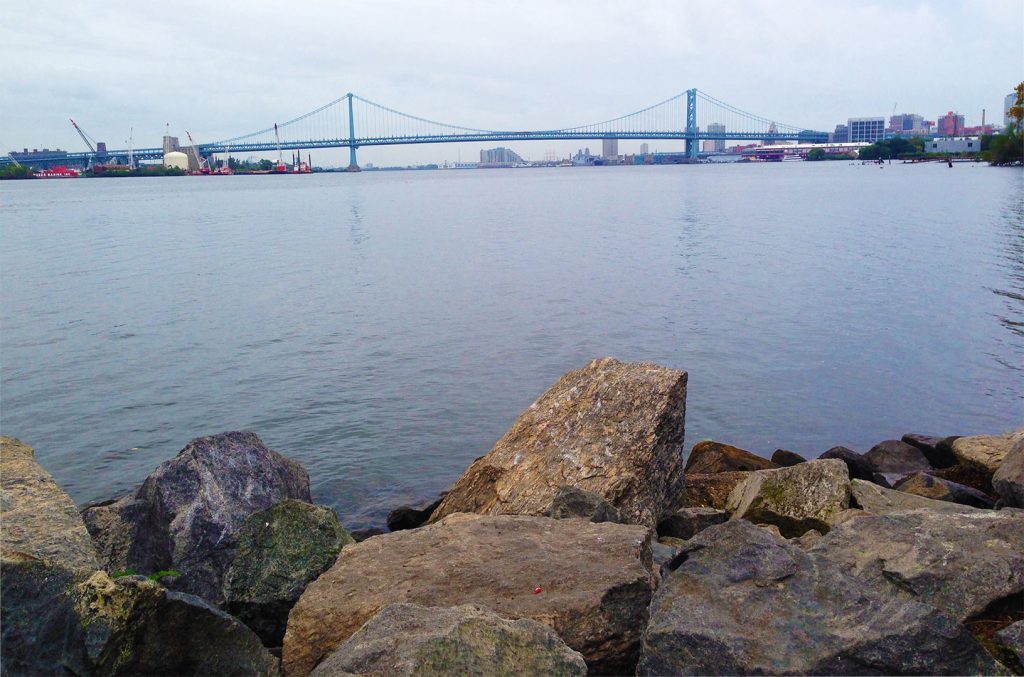
The migration of cuisine bridges distinct cultures together – separate an unique, yet connected though a history of food – much like the Benjamin Franklin Bridge spans the Delaware to connect Philadelphia with New Jersey
Or the Cheesesteak – a sandwich here in Philly with a long history of happenstance, smells, the word of mouth from taxi cab drivers, and the eventual addition of cheese wiz. It is a cuisine unique to Philadelphia, born in a march of history in happenstance and the businesses that follow straight from the 1930s to this present laundry day.
Another great example of a food filled with history is the tacos al pastor. The shepherd’s style. A marinated pork meat, cooked on a rotating spit, much like shawarma. Or donor by its Turkish name. Or gyro in the Greek. Cooked with a pineapple on top. Supposedly an enzyme in the fruit helps break down and tenderize the meat. This treat once charred is served with onion and cilantro on corn tortilla. It is an artform.
That al pastor resembles the middle eastern shawarma made of lamb and beef is no mistake. The al pastor style was born of Lebanese immigrants – typically shepherds – who adapted the lamb based shawarma to the local preference for pork. This mixed with the local corn carbohydrate from – the taco tortilla – and al pastor was born.
I love this story. There’s the story of both Mexico, and Lebanese. And an undertone of cultural change – the Lebanese cuisine does not naturally come by pork. It’s avoided as a part of the regional religion. But here in Mexico things change. And for those of us that do eat pork, we’re all the more thankful for this delicious treat.
If flags serve as the brand emblem to set apart each state from the other – dividing the nation by regional government – then food serves as the emblem atop the pole that divides the nation by regional culture through regional cuisine. Hand in hand with dialect, these two components delineate culture across the US more than anything else. And further, the world.
And while food cultivates distinctions, some things stay the same. Like laundry. I’ve seen all variety, from new machines to the old and barely working. From loadable chip card to push-in quarter slots. Top load. Front load. Many varieties, but none specific to any given region. Within the US at least.
Tang’s might not be the most modern of laundromat. But I’d be hard-pressed to call it any different from any other wash. It’s like the laundromat in Milwaukee, but smaller. Or a similar wash I saw in Los Angeles. Or like many in Chicago.
And just like every wash before it, in every laundromat the same or different, this week’s wash is through. Time to pack up, enjoy Philadelphia, and then move on.
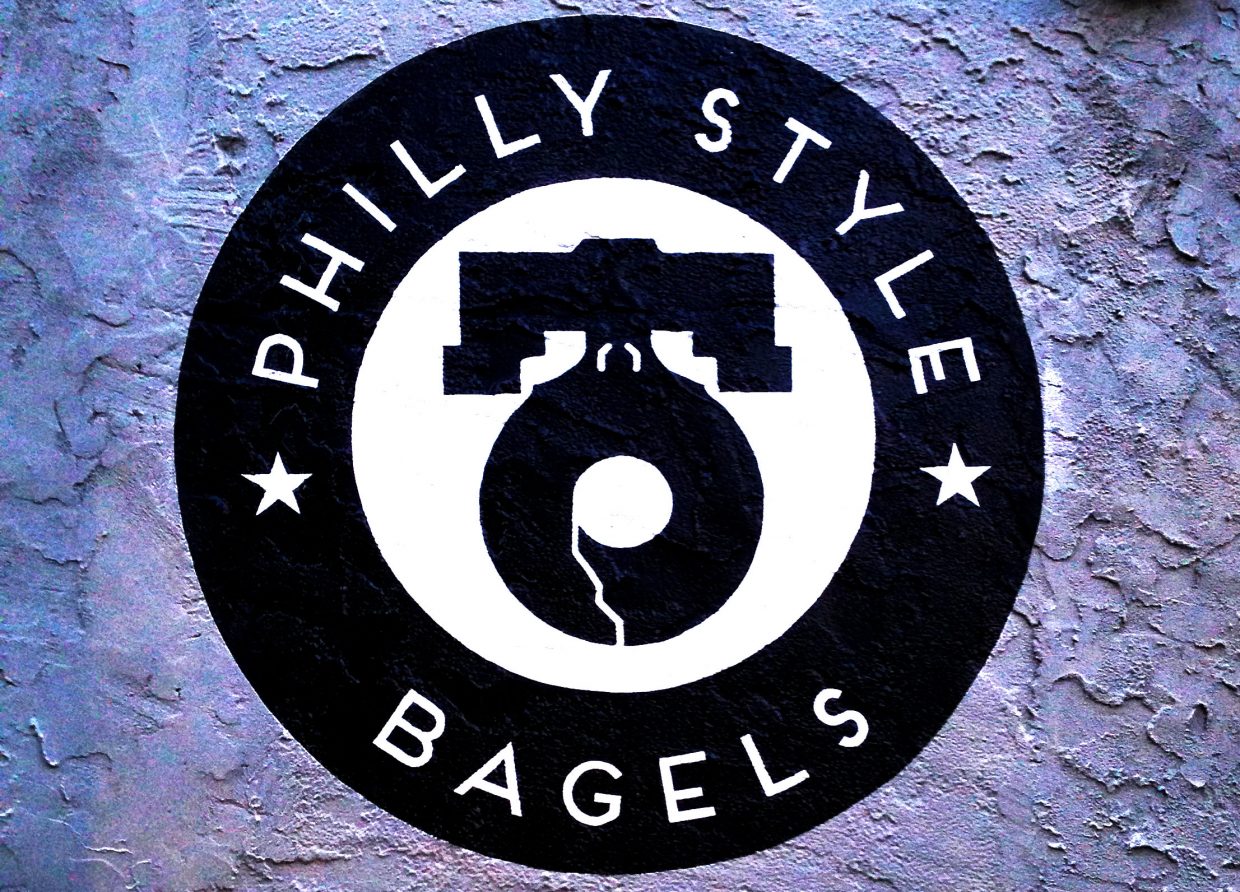
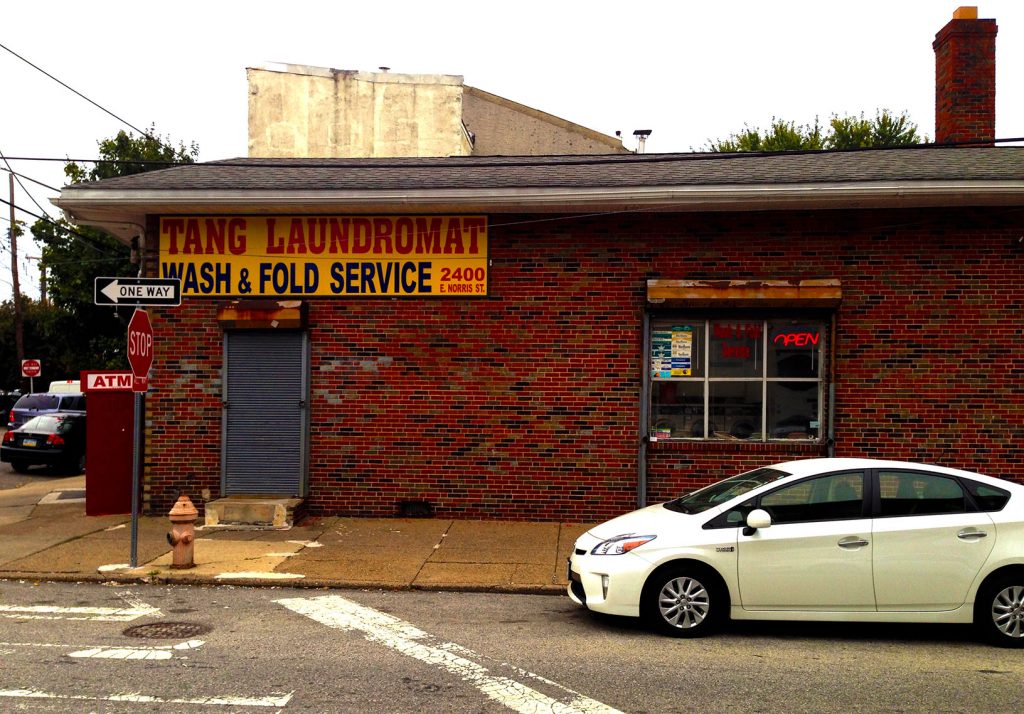
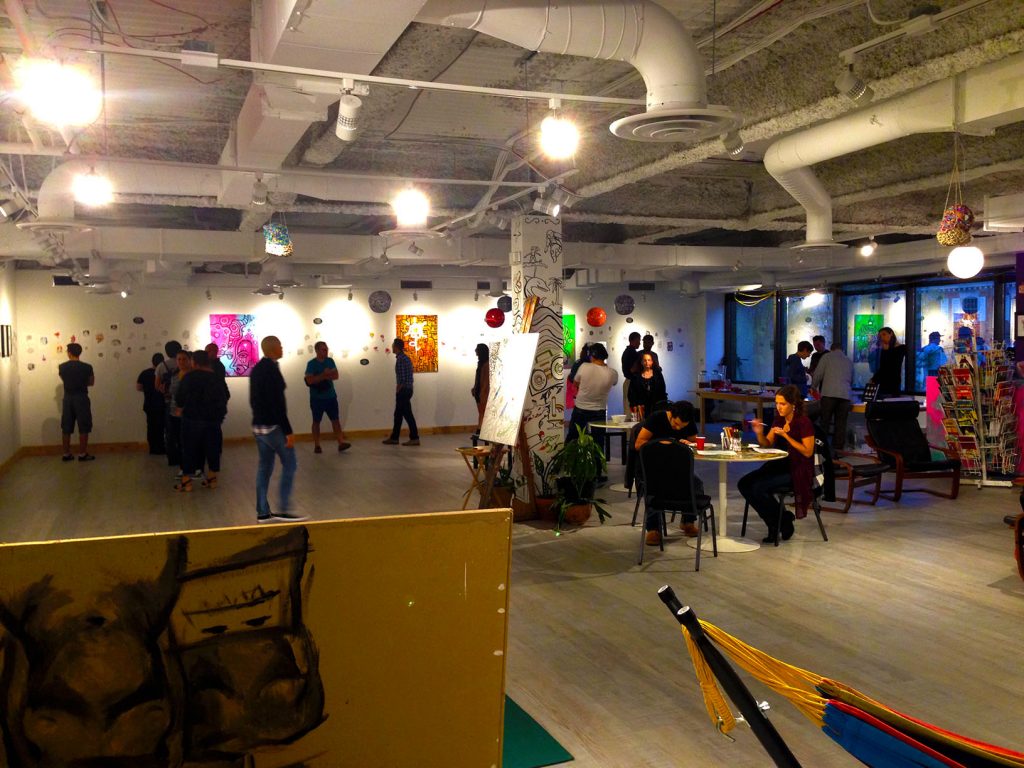
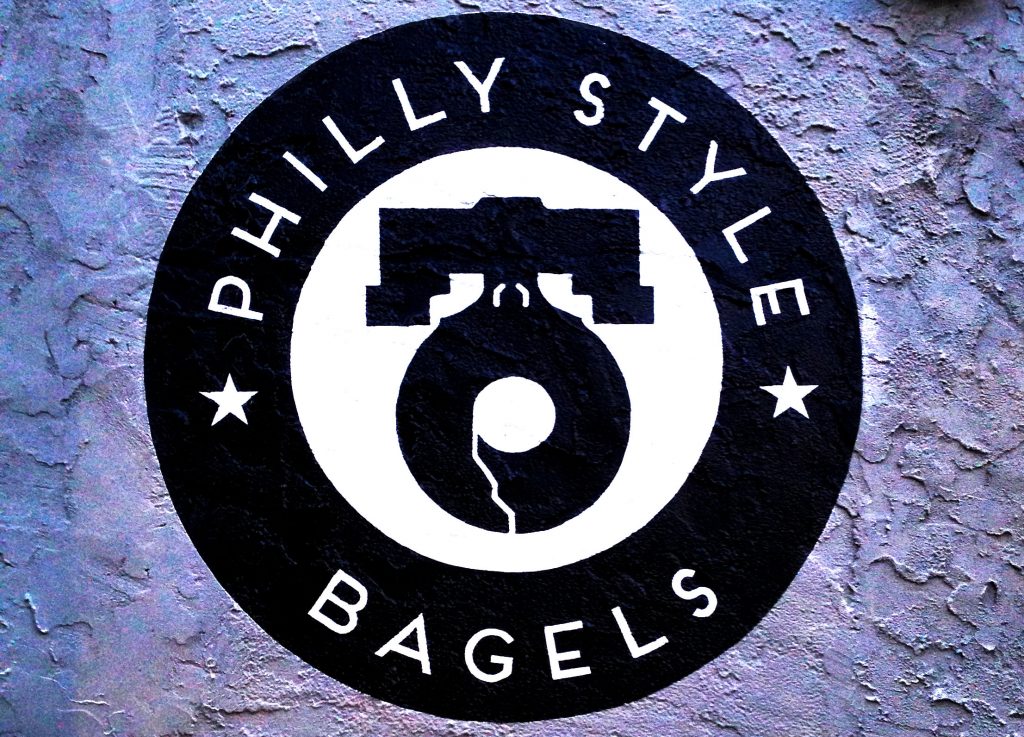
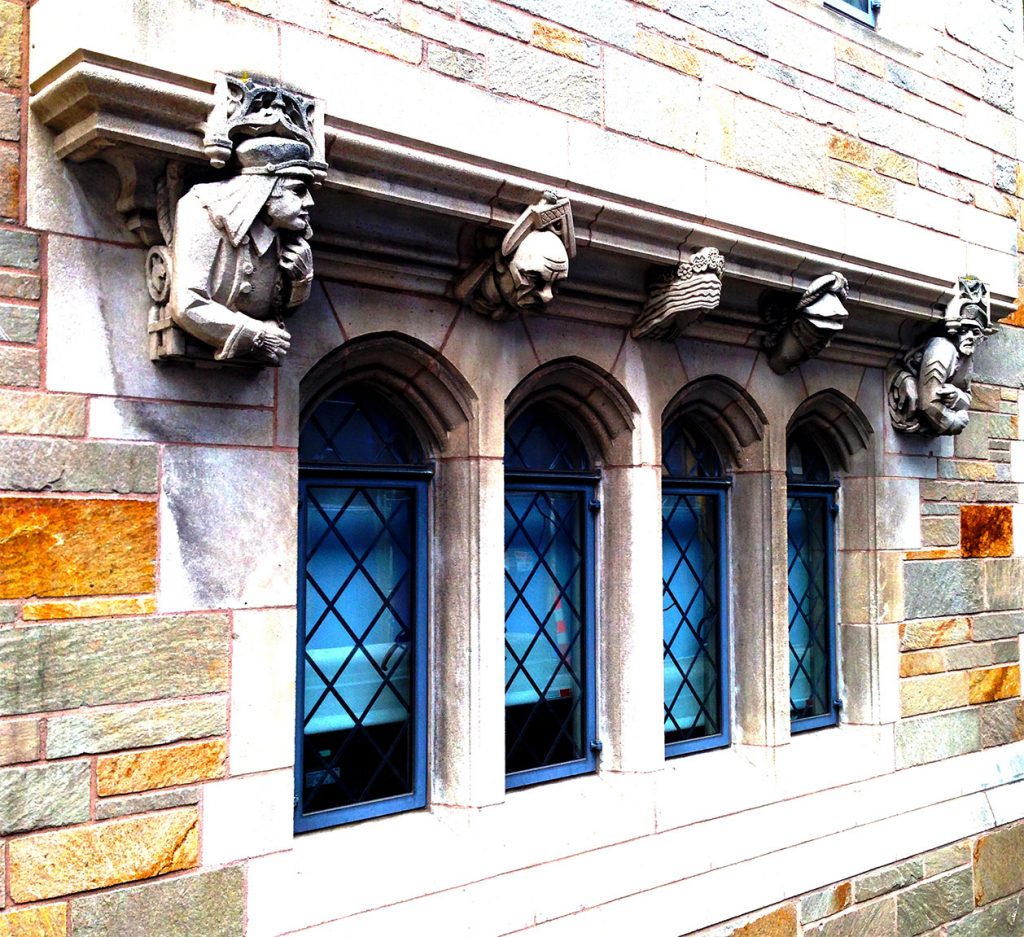
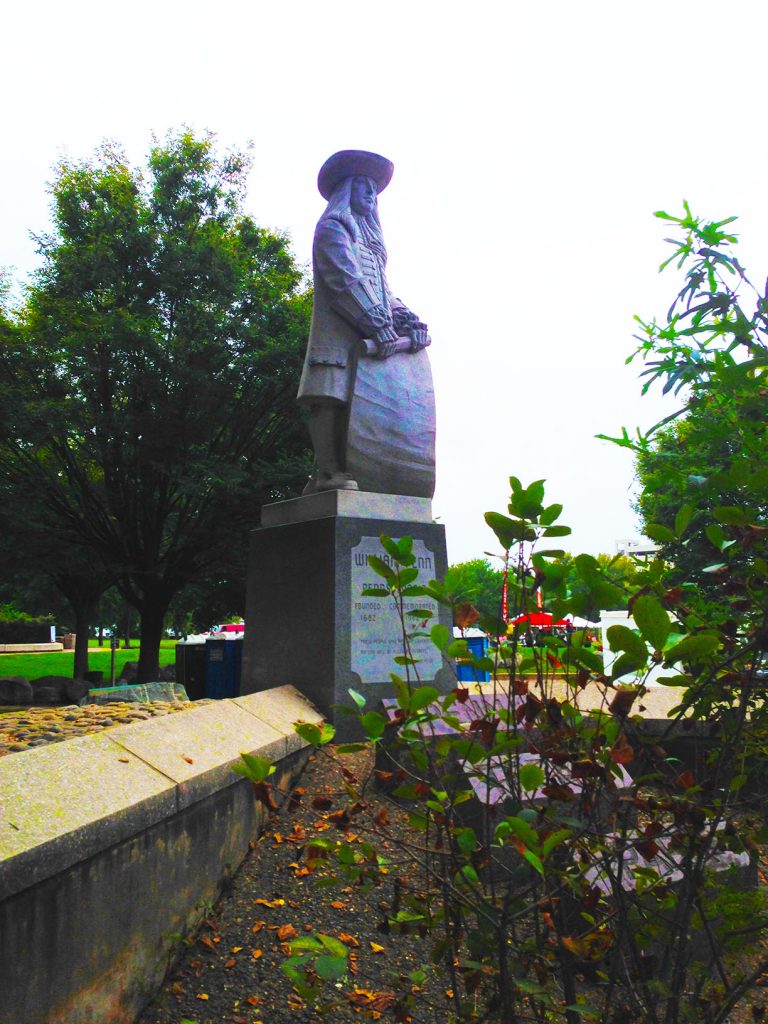
Deby October 8, 2016
As someone who has not been in a laundromat in decades (4 to be exact), I appreciate the way you use your time there so creatively. I used to spend my time just reading a book or magazine. You spend your time creating. Bravo!
Andrew October 8, 2016 — Post Author
A part of me misses reading my books while doing laundry. I’ve been going through books like water lately. And a lot more non-fiction that I used to read.
But I’ve enjoyed practicing writing again as well. I haven’t worked on prose in earnest since undergrad.